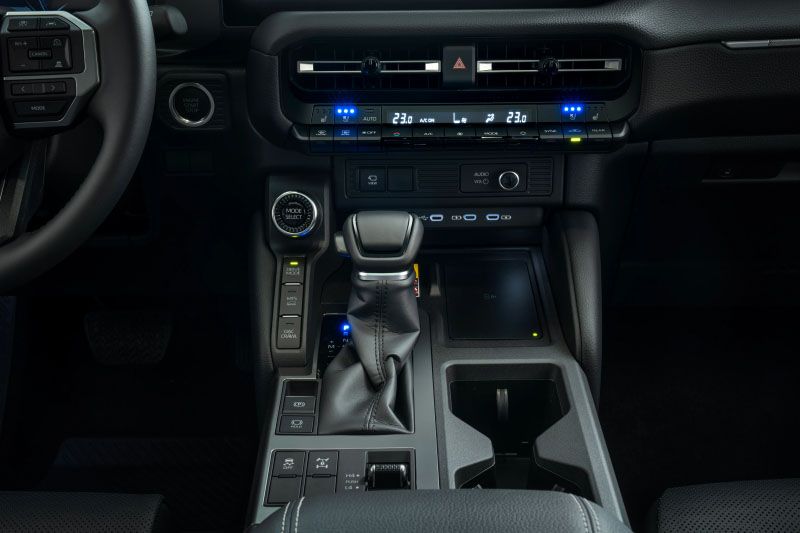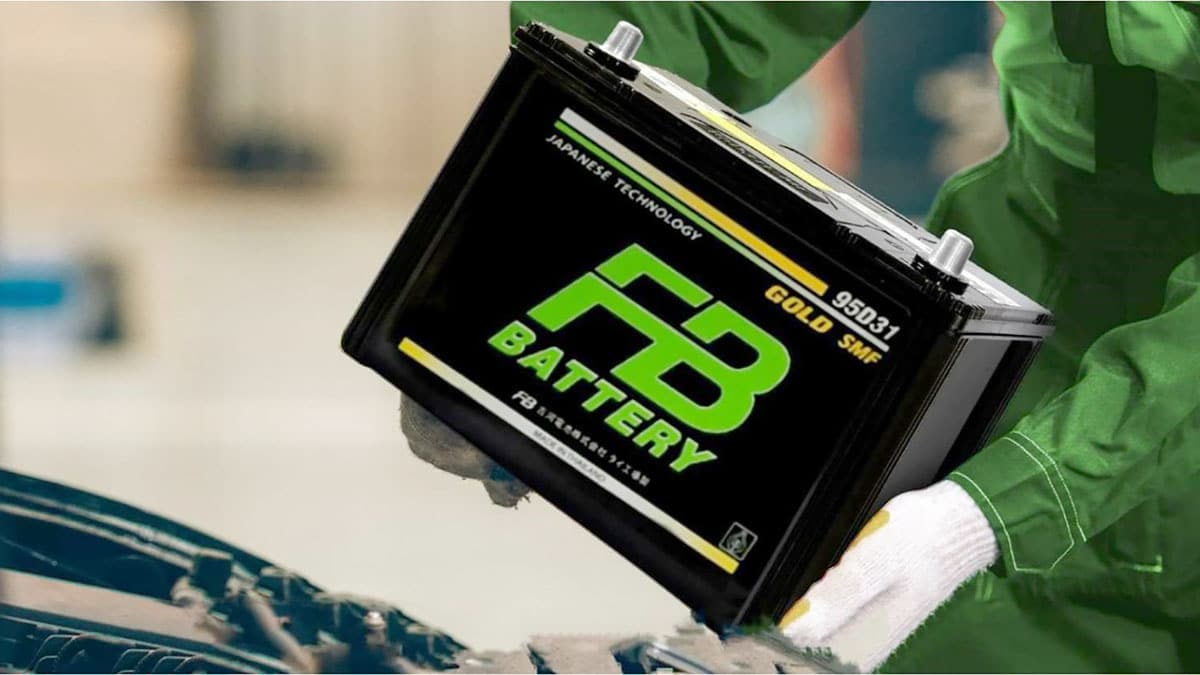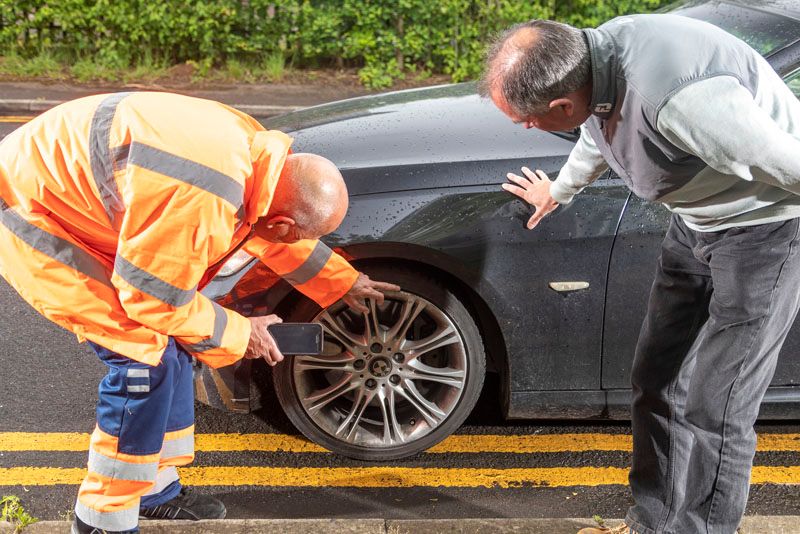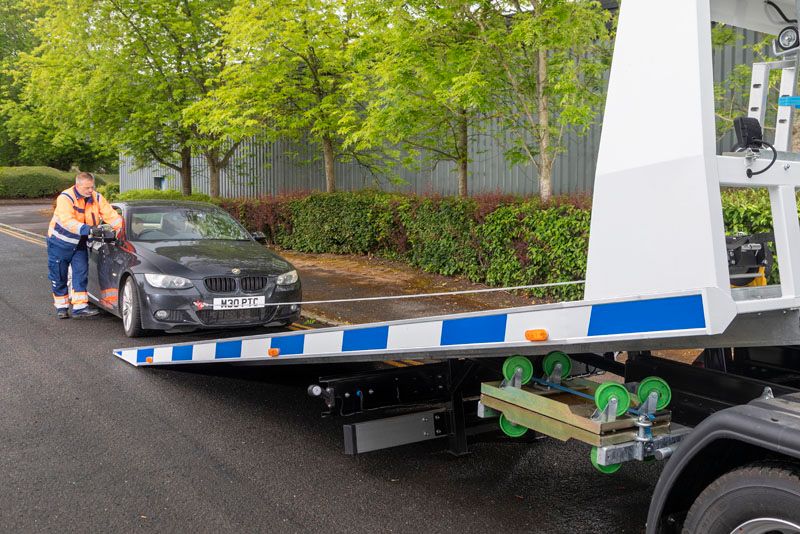
As Typhoon Carina is now headed out of the country, no doubt, many are now assessing the damage the storm has left in its wake. Chances are, many had little choice but to leave their vehicles vulnerable as flood waters rapidly rose.
If you were one of those unfortunately hit by a flash flood and had your vehicle submerged for a while, here are some tips to keep in mind to mitigate the daamge.
Do not start the car

First of all, do not start the car. Even if the car was not running at the time it was submerged, it’s still possible that water has entered some of the vehicle’s vital components. To avoid any short circuits or causing further damage, do not start the car.
It does not matter how high or low the flood water was. Water could have already entered the engine and fluid reservoirs and mixed with the oil and other lubricants. When mixed with water, these fluids might not perform as intended or even cause more damage.
A good way to check the severity is to inspect the air filter. If it is soaked, it’s possible water has found its way inside the engine.
Disconnect the battery

Avoid any grounds or short circuits by disconnecting the battery. It’s always wise to disconnect the negative terminal first. Water, moisture, and electronics don’t mix so it’s best to ensure no power is flowing through these components to avoid further damage.
Some vehicles (like SUVs) have electronics mounted high to avoid water damage, but some (like sedans and hatchbacks) may have them mounted low to save space. As such, disconnect the battery as you may never know if some parts were affected.
Record the highest level of water exposure

Chances are, you’ll be able to see how high the water was thanks to a waterline on the body of the car. Make a note of this mark and be sure to tell the service associate where water reached. This will help them more quickly assess the damage and determine what parts were affected.
From this point, they can easily determine if electronics, the engine, or other components were reached and whether they should be inspected or replaced as a precaution.
Document
Take photos of the damage and be prepared to print them out or at least copy to a thumb drive. These can also help technicians assess the damage. If your vehicle is covered by insurance that includes an Act of God clause, these photos will be vital in filing for a claim. Now is also a good time to look for your insurance documents and read the fine print to determine exactly what is covered by your clauses. Contact your insurance provider if you’re unsure or want to know what to do next.
Dry out the vehicle
Once all the initial steps are down, take this opportunity to dry out the vehicle. If you can move it to a sunny area without starting it, do so. If not, opening all the doors, trunk, and hood should suffice.
An extra step you can take is to remove the mats, seat cover, and trunk carpet if needed. Dry them out as these can stay moist for days and leave an odor in the car. Be warned that flood damage is hard to clean out, even by the best detailers. The interior might never return to the state it was without serious investment.
Contact a tow truck

With all these steps done, it’s time to schedule an inspection with your trusted vehicle service center. The best approach would be to have your vehicle towed there, rather than drive it there.
Expect towing services and service centers to be fully booked in the days immediately after a city-wide flood. You may have to wait a few days or weeks to get an open slot.
Know when to cut losses
Filipinos are often very attached to their vehicles, however sometimes, hard decisions will have to be made. It may cost more to repair a flooded vehicle than simply declare it as a loss a consider getting a new vehicle.
ECUs — the brains of a vehicle, and one of the most frequently damaged parts during a flood — are costly to replace. Even then, replacing them is not a guarantee that the vehicle will run well again after being submerged.
It may be a painful loss, but the most important thing to be thankful for is that you have survived to drive another day.